You can view this information in two different ways. Our alphabetical list provides information on the status of each species within the harbour, finder dates and names, photos and favoured locations. By clicking on the Systematic List button you will be presented the full Poole Harbour systematic list which includes status of species, pending records and historical accounts.
To date, 333 species have occurred and have been accepted within the Birds of Poole Harbour boundaries. A further 11 distinct subspecies have also been seen. In addition, we have two species/subspecies which have been recorded, but are awaiting acceptance by the appropriate records panel.
There are a handful of historical records, for which there is currently insufficient information to allow their inclusion onto the Poole Harbour list, but are believed to be genuine records. They are listed at the end of the list.
Finally, there are a number of feral or escaped species that have been recorded within the Birds of Poole Harbour boundaries. They are included for completeness, but are not included on the Poole Harbour list.
We would be interested in hearing details of any species that do not appeared on this list.
The Birds of Poole Harbour systematic list is a PDF which you can view by clicking on the button below. It was last updated on December 2019.
Full Poole Harbour Systematic List
Falco tinnunculus
Resident
Sad to see such a decline in this species but the RSPB webcam in April, May and June gives a great insight to a Poole Harbour nest. Other breeding sites include Studland Heath, Greenland’s Farm and Slepe Heath. Individuals can be encountered anywhere within the harbour but Slepe Heath, Hartland Moor, Lytchett Fields, Greenlands Farm and Ballard are all good sites.
There is sometimes evidence of passage in October with a maximum of 6 in the air at Ballard Down on 6th October 1996.
In spring 2019, Birds of Poole Harbour erected 15 Kestrel boxes around the harbour to help boost the local Poole Harbour breeding population. Sadly, the spring of 2020 was hit by the Covid 19 lockdown meaning we couldn’t check many boxes, however breeding was confirmed in the Piddle Valley with 5 chicks fledging from one of our boxes.
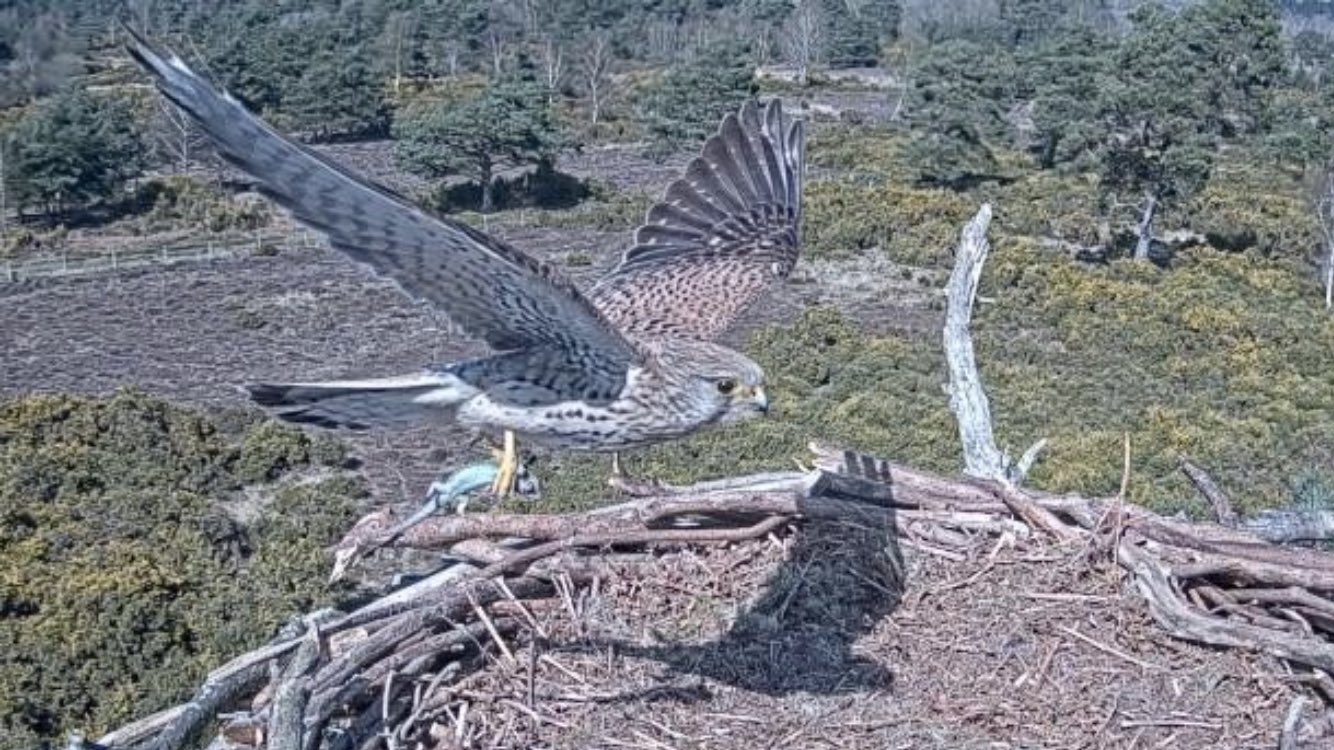
Alcedo atthis
Resident
Breeds up the river valleys that feed in to Poole Harbour and then they head down to coastal spots during autumn and winter. Lytchett Bay, Holton Pools Holes Bay and the mouth of the River Frome are all good spot to check in early autumn (Aug and sept). Can be encountered at any quiet back water or creek like Middlebere, Arne, Swineham, Brownsea and Little Sea when post breeding dispersal takes place. During the winter they even occur regularly at urban sites like Poole Park, Poole Quay and Holes Bay.
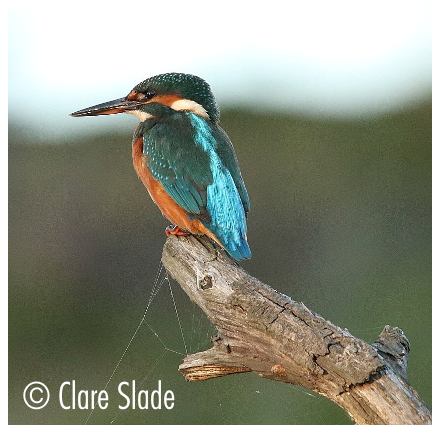
Rissa tridactyla
Erratic, but Regular Coastal Species
Although they don’t breed within the boundaries, Kittiwake are regularly seen passing out in Poole Bay if looking from Branksome Chine and Studland, more so in Autumn gales. There are a few inner harbour records on Brownsea and Lytchett Bay. The harbour maximum is 509 south in Studland Bay on 20th October 1980.
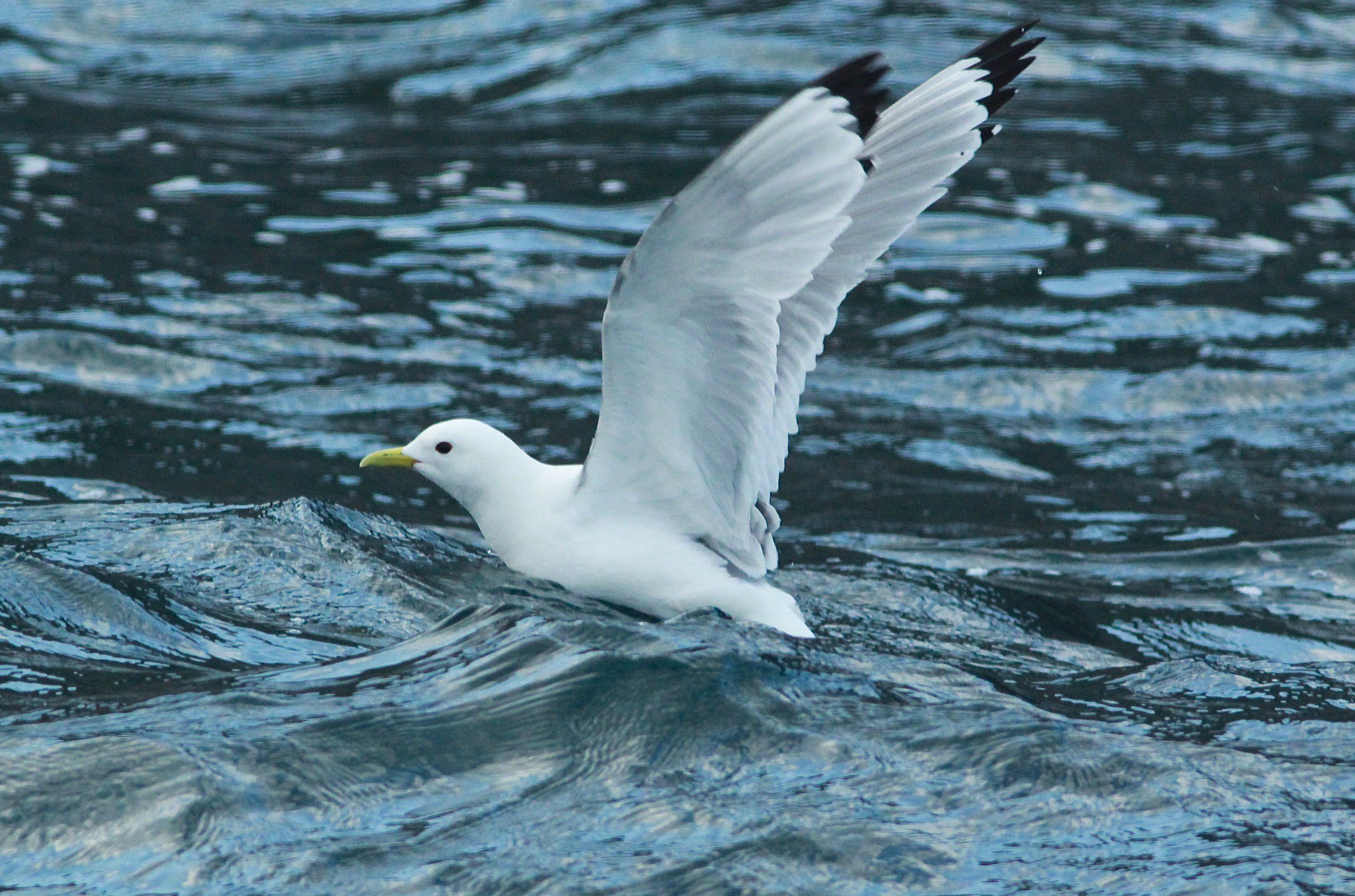
Calidris canutus
Passage Migrant & Winter Visitor
Never really numerous in Poole Harbour at any time but most easily seen on Brownsea Lagoon or in Brands Bay from August to October. Recently started to use Middlebere fairly frequently as well as Holes Bay with a flock of c50 present during the winter of 2020/21. Although not as numerous in the winter there are semi-recent counts of 146 in Dec 2001 and 100 in Jan 2001. During the winter of 2011/12 the harbour maximum was only 12. Summer plumaged Knot can also appear on the Brownsea Lagoon during spring migration and also on Lytchett Fields during both spring and autumn migration.

Larus glaucoides kumlieni
Vagrant
Calcarius lapponicus
Scarce Autumn Passage Migrant
Along with Snow Bunting and Shore Lark, Lapland Bunting represent a disappointingly low number of records for an area with so much suitable habitat. Most records are from the Studland area.
A male on Studland Bay beach on the 7th February 1963
1 ‘in dunes’ 21st November 1964
1 Shell Bay 20th Dec 1968
A juvenile on the sunny, sharp morning of 11th November 1979 just before the boundary post of the middle path,
1 flew over Studland in October 1980.
A female 27th November 1983 “found by the other observers who missed the Little Swift”
1 Pilots Point 19th November 1984, then again Studland Bay dunes on 9th December
1 ‘behind the utility building on the west of Studland’ 26th January 1987.
1 at Studland on 8th March 1987
1 Studland bay dunes on 4th November 1990
1 Studland 26th September 1993.
1 Ballard 22nd September 1996
1 Glebelands, Studland 21st September 2014
1 over Lytchett Heath October 19th 2015 (P.Morton)
Vanellus vanellus
Resident
In winter vast flocks of up to 2000-3000 birds can occur, especially during extreme cold weather. They quite often commute between the mudflats at Middlebere and the fields behind. Other smaller flocks occur around the harbour in Lytchett Bay, Brands Bay and on the fields around Bestwall and Swineham. Breeding is less successful with only a handful of pairs at Sunnyside Farm and dwindling numbers out on Arne Moors. Lytchett Fields tends to see the first returning birds in the early autumn.
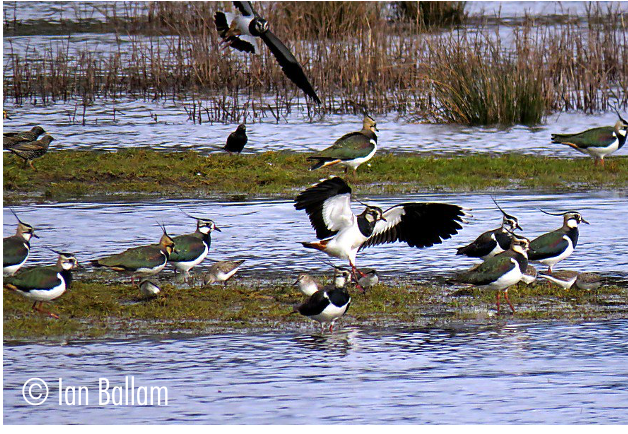
Oceanodroma leucorhoa
Rare Visitor (after storms)
Very rare autumn/winter passage migrant. Autumn and winter storms can occasionally result in large numbers of petrels being forced into Dorset coastal waters. Check Poole and Studland Bays during or just after a severe gale. There were 10 on 29th Nov 2009 from Branksome Chine (many observers) with 2 off Brownsea Island inside the harbour. These birds were part of Dorset’s biggest ever “wreck”. Chesil Cove held more than 600 birds mid-afternoon and 582 flew past Portland Bill. Remarkably not a single bird was recorded in the county the following day. An earlier large ‘Poole Harbour wreck’ was witnessed when 30 were logged out in Poole Bay during a big storm with c30 seen on Dec 24th 1989. The first harbour record was when Helen Brotherton saw a Leach’s Petrel fly in from the sea at South Haven on 24th October 1954 and “hawk for insects over the marshes and heather” she even heard it make its “low rather frog like call – repeated several times.
7 on 31st Oct 1952 in Poole Harbour (these were a small part of a large influx including 400 in Chesil Cove)
1 on 18th Oct 1987 at Studland.
30 on 24th Dec 1989 from Branksome Chine, with 12 there the next day.
1 on the 9th January 1991 in Holes Bay (N,Hull et al)
1 on 9th Oct 1997 from Branksome Chine (I.Prophet)
2 on 2nd Feb 2002 from Branksome Chine (J.Lidster, S.Robson et al)
1 on 13th Oct 2005 from Branksome Chine (G.J.Armstrong)
3 on 8th Nov 2005 from Barnksome Chine (G.J.Armstrong, M.Constantine)
1 on 31st Dec 2006 from Branksome Chine (G.J.Armstrong)
1 on 7th Oct 2008 from Flaghead Chine (S.Robson)
1 on 9th Oct 2009 from Branksome Chine (G.J.Armstrong)
10 on 29th Nov 2009 from Branksome Chine (many observers) with 2 off Brownsea Island inside the harbour.
1 on 11th November 2014 off Branksome Chine (P.Morton)
Larus fuscus
Resident
Lesser Black-backed Gull has always been a rare breeder in Poole Harbour. It first bred on Brownsea Island in 1971 with subsequent annual attempts until 1982, peaking at 4 pairs in 1981. It was first recorded on factory roofs near Holes Bay in 1996 and 1997 and Poole Town centre in
1999. Since then intermittent reports have appeared in various Dorset Bird Reports of 1 or 2 rooftop pairs. A Poole Harbour breeding gull survey in 2016 showed there were in fact 76 breeding pairs within Poole Harbour! Also occurring rarely in the harbour each winter is the sub-species Continental Lesser Black-backed Gull
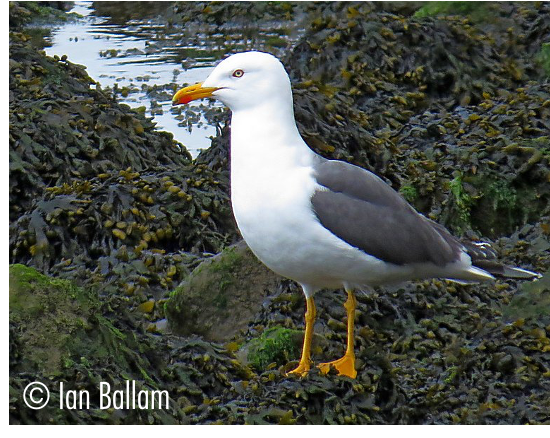
Lanius minor
Vagrant
The 4th for Dorset proved very confiding during its protracted stay. Remarkably photographs proved that it had previously been seen in Norfolk from 21st -24th June 2008. Where it had been in the interim?
To the end of 2014 there were 192 British records.
A female from 2nd – 15th August 2008 at Corfe River Meadows (P.Williams, S.W.Smith et al)
Carduelis cabaret
Resident
Breeding certainly fluctuates at certain sites, but historic breeding sites include Studland, Canford Heath, Hartland Moor and Arne. Studland, Arne, Upton Heath and Hartland can all host decent winter flocks of 50-100 birds whilst in October and November up to 100-500 birds can pass per morning on migration over South Haven and Ballard.
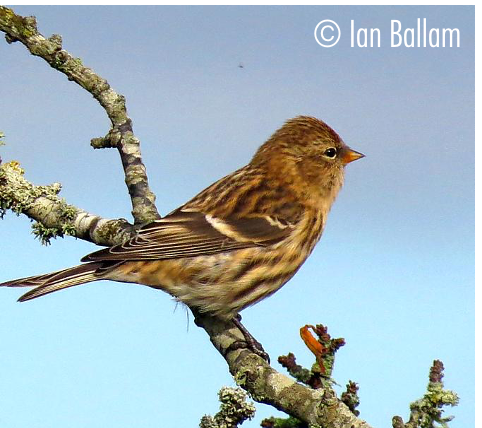
Aythya affinis
Vagrant
The first for the county was an immature male found by Steve Smith at Hatch Pond on the evening of the 28th November 1992. Not getting good views in the failing light but very clearly seeing a Scaup with strange vermiculations on its flank he discussed the bird at the local pub with fellow birders. It was re-found it on 4th and 5th December 1992 when it was seen by around fifty birders and the ID was confirmed as Lesser Scaup. At the time it was found, the 1992 bird was only the 5th record for Britain! The change in the status of this species at a National level has been dramatic. From 1st January 2015 the species is no longer considered to be a British Rarity. There have now been 189 UK records.
1st W male on 28th Nov, 4th – 5th Dec1992 at Hatch Pond, Poole (S.F.Smith, S.Robson, M.Constantine, I.M.Lewis et al). Subsequently reported at Little Sea, Studland on 6th and 10th – 11th Dec.
1st W male on 11th Nov – 15th Dec 2001 at Swineham Gravel Pits (S.Robson et al). This bird then moved to Little Sea, Studland from 19th Dec – 29th Apr 2002.
Male from 19th Dec 2002 – 31st Mar 2003 at Little Sea, Studland (same as above)
Male from 15th Oct 2003 – 26th Feb 2004 at Little Sea, Studland (same as above)
Dendrocopos minor
Scarce Resident
Very tricky to catch up with in the harbour these days. Formally bred at Arne, Ower, Brownsea and Upton Country Park now only breeds very sporadically at a couple of private sites in the west of the harbour and occasionally at Holton Lee. Most likely to be encountered in February, March and April when drumming/calling males can be heard. They can also rarely be observed on migration, moving around in mixed Long-tailed tit/warbler flocks during August and September. In 2023 no breeding was confirmed at any of the traditional sites!
Sylvia curruca
Summer Visitor & Passage Migrant
It’s distinctive call can be heard from any large, amture hedgerow in spring but very few stay to breed. Ballard in spring and autumn is a good site but also Studland, Sunnyside Farm, Lytchett Bay, Arne and Upton CP all report birds most years. Breeding was recently confirmed at Ballard Down.
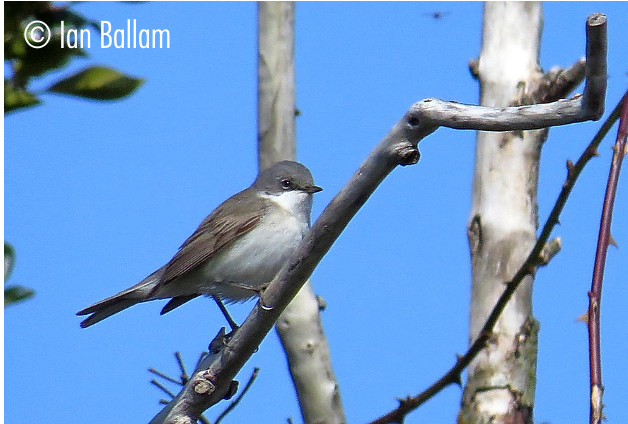
Tringa flavipes
Vagrant
There have only been 2 records of this rare elegant shank from North America in Poole Harbour, both in recent years. Both birds have been found in amongst feeding Redshank flocks during the autumn so it’s worth checking every bird at sites like Brownsea, Lytchett Fields and Holes bay where gatherings of Redshank occur during August-November.
1 on 8th Dec 2014 at Brownsea Lagoon (G.Armstrong et al). This first for the harbour created a comical lunchtime twitch by the keenest listers. Sadly the bird had already moved on.
1 from 18th Sep 2016 – 15th April 2017 at Lytchett Fields (I.Ballam et al.). Already the longest staying individual recorded in Dorset and it attained full breeding plumage before departing. One reported on 20th Feb 2017 at Brownsea Island was presumably the Lytchett Bay bird.
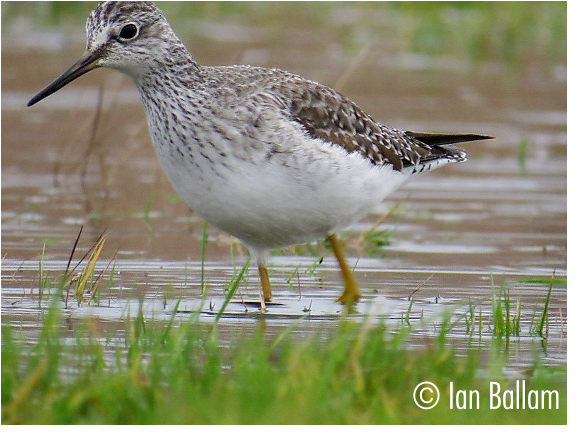
Carduelis cannabina
Resident
Maybe not as evident as a breeding bird perhaps say as 10-15 years ago, but can still be seen and heard singing during the summer at Arne, Holton Lee, Canford Heath, Studland, Godlingston and Upton Heath. Whilst on passage, large numbers pass the coastline with counts of up to 700+ passing in just a few hours between over Ballard Down and
between South and North Haven in mid to late October. Winter feeding flocks occur where farmers fields have been left.
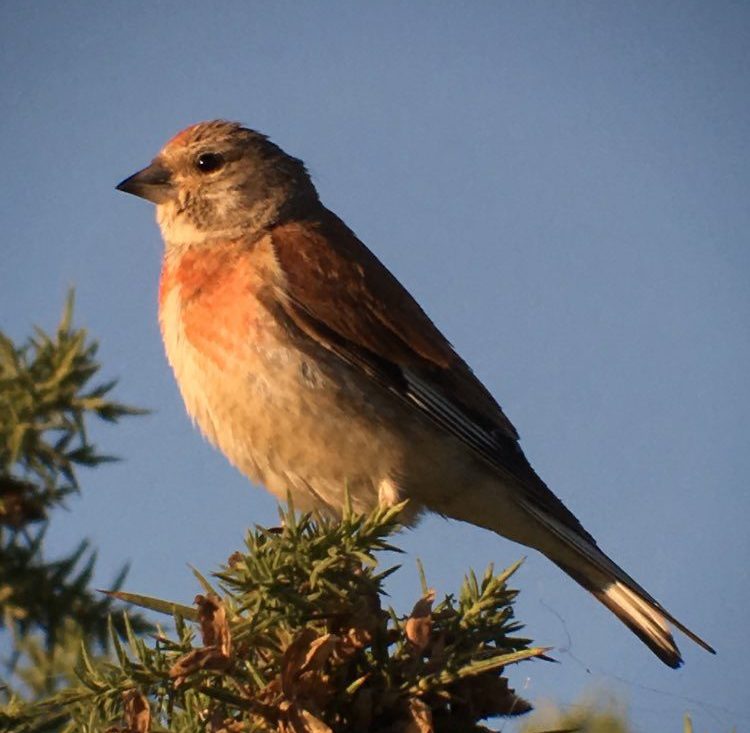
Alle alle
Rare Visitor (after storms)
Very scarce winter visitor usually in November and December. Studland Bay, The harbour entrance and off Brownsea are the favoured locations. Though has been recorded at Hamworthy and Poole Quay. All records since 1st Jan 2000 are listed below.
1 on 10th – 12th Nov 2001 at Poole Harbour entrance and Pilots Point.
1 on 26th Jan 2002 at Branksome Chine
1 on 5th – 6th Feb 2003 at Sandbanks and Poole Harbour entrance
1 on 13th Nov 2004 in Studland Bay, then moving to just off Brownsea
1 on 30th Nov 2005 at Poole Harbour entrance
1 on 31st Oct 2007 at Studland Bay
1 on 12th Nov 2007 at Poole Harbour entrance.
1 on 14th Nov 2007 at Hamworthy near yacht club.
1 on 15th Nov 2007 at Studland Bay.
1 on 16th Nov 2007 off Brownsea Island Quay.
1 on 2nd Dec 2007 flew past Middlebeach, Studland.
1 on 8th – 10th Dec 2007 off Brownsea Island Quay.
1 on 30th Nov 2009 off south side Brownsea Island.
1 on 5th Dec 2010 off Brownsea Island Quay.
1 on 3rd Dec 2015 south past Middle beach, Studland.
1 on 14th Jan 2017 at Sandbanks.
Ixobrychus minutus
Vagrant
Little Bittern is a much sought after bird in Poole Harbour with only two historical records. With birds now breeding up on the Somerset Levels its hoped that migrating birds moving north and south may be seen more frequently in Dorset. The habitat in Poole Harbour could be good but deer pressure in the reed beds may prevent any from settling.
3 shot near “the Wareham River” on an unspecified date in 1866
Charles van Raalte mentions one shot on Brownsea in 1885
Emberiza schoeniclus
Vagrant
With people now familiarising themselves with the calls made by migrating birds in autumn, species such as Little Bunting are now being logged far more frequently at sites across the UK than ever before. Although very discreet the migration call of Little Bunting can be picked out on a cold autumn morning in October or November which is how the one and only Poole Harbour record was found. With more people ‘vis-migging’ (watching visible migration) these days Little Bunting will surely occur again some time soon
Just one record of a bird passing over South Haven ‘vis-mig’ station on 1st November 2006 (J.Lidster).
Egretta garzetta
Resident
The first British breeding record occurred on Brownsea Island in 1996 when two pairs raised three young and since then Poole Harbour has remained nationally important for Little Egret, an Amber listed species with over 25% of the UK population. The first was recorded in the harbour on the 23rd February 1946, then one on Brownsea, always a favourite location, in May 1967. In 1970 there were 3 birds in the harbour, then 1 on Little Sea in 1977 was followed by 2 more on Brownsea in 1978.
From there on and during the eighties ones and twos were annual. The first record of over-wintering in Poole Harbour was logged during the 1987/88 winter period then the first large influx occurred in 1990 when 14 were in the harbour. By 1993 there were 32, by 1994, 84 and then 110 by the 14th August 1995. At the same time Little Egrets had been expanding into Brittany and into Normandy, and importantly had started to regularly winter.
Trying to interpret the origins of these late summer influxes was intriguing as many were clearly identified as juveniles and it was hard to comprehend how they could be flying the channel at such a young age. Everyone was on the lookout for the first British breeding. It was typical in August to be able to watch birds at Seymers on Brownsea with an adult sitting in the trees watching as a young bird tried fished, mantling the wings to create a shaded hunting area, and stabbing repeatedly. (This behaviour mixed with the different bare part colour and shorter primary’s make the birds look like Reef Herons, leading several birders in the wrong direction, a couple of times over the years.) Once the numbers had risen co-ordinated counts were carried out watching the roost in the Tamerisk on the lagoon on Brownsea and another at the Southern end of Little Sea.
Over the years a roost in pines at the north-west end of Little Sea became a good place to see large numbers of Little Egret. Arriving each evening up to two hours before dusk the birds fly in over the Studland ferry road or along the edge of Littlesea. Some feed around the roost while others sit on the top like sentinels. By October 1999, counts of up 142 birds were at this roost, and since then numbers have continued to grow with the maximum to date at 197 on the 14th October 2001. Since then another less accessible roost started in the Wareham Channel, which then went on to become the Poole Harbour breeding colony.
As for breeding the egrets gave themselves away “when strange gutterall noises were heard coming from a secluded treetop in 1996.” The following is from the Dorset Bird Report 1997: “ Some weeks later, the assistant warden Giles Strother actually saw a bird nest building and later sitting and the staff then kept a daily watch on the site. About thirty days after hearing the birds, suspicions were confirmed as the warden, Kevin Cook, saw the fluffy feathering of four egret nestlings, one later perishing”– Kevin Cook 1997.
The first documented UK breeding of Little Egret was at Brownsea Island, when two pairs raised three young in 1996. Within 4 years, 46 pairs were breeding in the tall pines at Brownsea. In 2005 the site was deserted after being decimated by a local pair of Ravens. The following year 8 pairs had relocated to the heronry plantation at the far southern end of Arne Heath, being joined by a further 12 pairs the following year. Since then the numbers of breeding pairs have apparently been between 20-25 pairs. The latest survey by the RSPB in 2016 recorded an “assumed 23 pairs”. During a 2017-18 survey, 32 pairs nested in 2017 and only 11 in 2018. Interestingly for both breeding seasons there were a lot more birds using the roost than were breeding. In 2017 the roost count was 130 birds meaning that only 49% of the birds were nesting. Similarly, back in 2007, when an estimated 20 pairs were breeding, a count undertaken as part of a wider survey that year recorded 87 birds, just 46% of the total. 2018 was not a good year for the Little Egrets at the Arne Plantation. It was abandoned as a roost site at the beginning of September shooting (wildfowling) took place near the roost. Although birds did begin to return in mid-December the numbers were always low. The very cold snap in February 2018 caused yet further disruption, reducing the number of roosting birds to four. March saw numbers increase again but by May the colony still only contained half as many birds as the previous year with 62 present. The breeding survey revealed just 11 pairs nesting, a mere 35% of the birds using the roost.
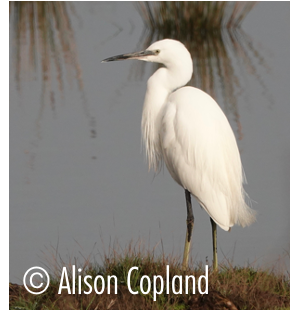
Tachybaptus ruficollis
Resident
Easiest to see in winter when fishing out in shallow channels in certain bays like Lytchett Bay, Holes Bay and the Wareham Channel. Breeding takes place on the Brownsea lagoon, Swineham GP, Hatch Pond and Little Sea. Important winter sites include around the railway bridge in the western part of Holes Bay with 10+ often present each winter, also on the main Poole Park boating lake (much closer views) where 15 were counted in Jan 2018. The mouth of the River Frome is also an important site with birds often hugging the edges of the reed beds.
A harbour total of 38 was counted on Jan 19th 2020 during the big Poole Harbour Bird Count.
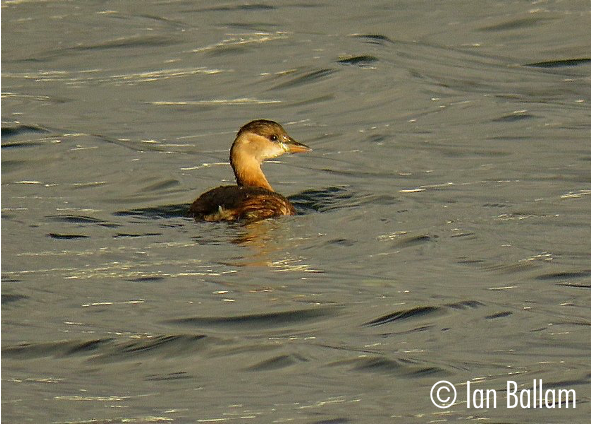
Hydrocoloeus minutus
Scarce Visitor
Birds often come into the harbour for shelter during or after periods of bad weather during spring and autumn and can stay for several days. Swineham GP, Lytchett Bay/Fields and the harbour mouth are all well worth checking, especially during adverse weather. Baiter park has seen several records in recent years, hunkering down during foul weather. They also pass out in Poole Bay in small numbers during spring and autumn migration and can also sometimes be seen at the harbour mouth.
Recent Records
Bestwall – 3 on 16th May 2014
Baiter – 1 on 11th October 2014
Branksome – 7 on 6th of Oct and 3 on 8th Nov 2014
South Haven – 2 10th Sept 2014
Lytchett Bay 0 1 on the 1st Jan 2015
Brands Bay – 1 on 2nd January 2015
Shell Bay – 1 on 3rd March 2015
Brownsea Lagoon – 1 on 9th May 2015
Lytchett Bay – 1 on 26th-27th May 2015
Swineham GP – 1 between 11th May – 4th June 2015
There was a notable storm-driven influx in early Jan, when single birds were also seen on
one or two dates at Holes Bay, Holton Lee, Lytchett Bay.
Swineham GPs – 1 on 2nd May 2016
Brownsea Island – 5 juvs on 10th Sep 2016
Lytchett Bay – 1 juv on 21st Sep 2016
Brownsea Island – 1cy on 3rd Sep 2017
South Haven – 1 on 30th Apr 2017
Poole Harbour – 1 on 21st Jan 2018
Middlebere – 1 on 31st Aug 2019
Lytchett Bay – 1 on 23rd Dec 2019
Swineham – 1 between 22nd Feb – 8th March 2021
RSPB Arne – 3 on April 10th 2021
Lytchett Fields – 1 juvenile on 7th September 2021
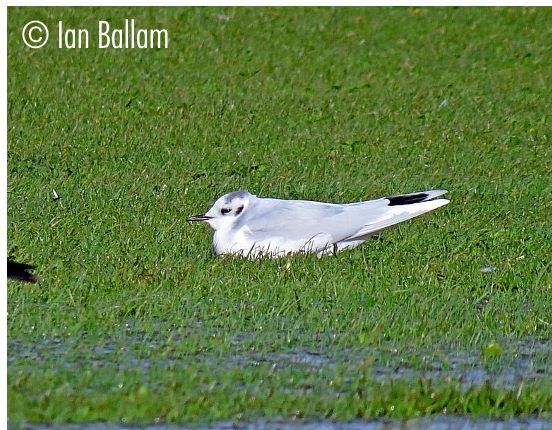
Athene noctua
Former Resident, now Rare Visitor
In the 1990’s the species was widespread in Poole Harbour. Birds could be relied upon at Lytchett Bay, Upton CP, Swineham, Arne and these were just the well-known sites. In the latter part of the decade, when access to Middlebere farm was granted, birds were there too. At the turn of century finding Little Owl started to become more difficult. The last sighting of birds that had been around the cottage at Lytchett Bay for more than 30 years occurred on 6th Jan 2003. Suddenly all of the sites above seemed to lose their birds.
This trend is not limited to the Harbour. The CBC/BBS trend for Little Owl in the UK shows very wide variation, but a downturn in recent decades suggests that a rapid decline now lies behind the observed fluctuations. However, in the summer of 2018 a pair were found nesting at Holton Lee but sadly the nest wasn’t successful due to the heat wave. The birds remained into the winter and its hoped they’ll try again in future years. Observers of this species in the Poole Harbour recording area are urged to report the details to the Bird of Poole Harbour.
Since the end of 2002 birds have become very rare:
2003 – Upton CP on 17th Aug and 17th Oct
2004 – no records
2005 – Middlebere on 28th Apr
2006 – no records
2007 – Upton Heath on 29th Jul and Holes Bay on 17th Oct
2008 – Upton Country Park and Bushey. Both calling birds on single dates.
2009 to 2014 – no records
2015 – Arne on 16th Sep
2016 – Hartland Moor on 19th Sep; recorded from Arne Moors RSPB.
2018 – Breeding attempt at Holton Lee
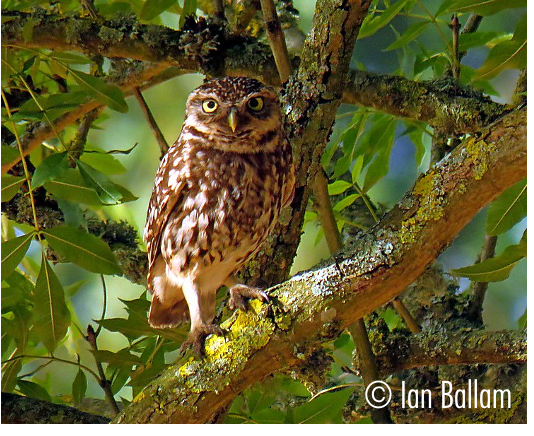
Charadrius dubius
Scarce Summer Visitor & Passage Migrant
This species is one of our earliest spring migrants with the first birds turning up from mid-March onwards. There are a few breeding records, these having normally occurred opportunistically when temporary habitat has been created due to gravel extraction. A pair bred on the private Arne clay pit site in 2011 and possibly on Arne Moors in 2018. Autumn passage begins as early as late June with most birds having departed by the second half of August.
Birds prefer pools on wet grassland. Consequently Lytchett Fields has become the premier site for this species in harbour with the species recorded on 67 dates in 2015. Maximum counts there are 5 in spring and 12 in autumn.
The species is recorded infrequently at other sites including Arne Moors, Sunnyside Pools, Swineham and Brownsea Lagoon.
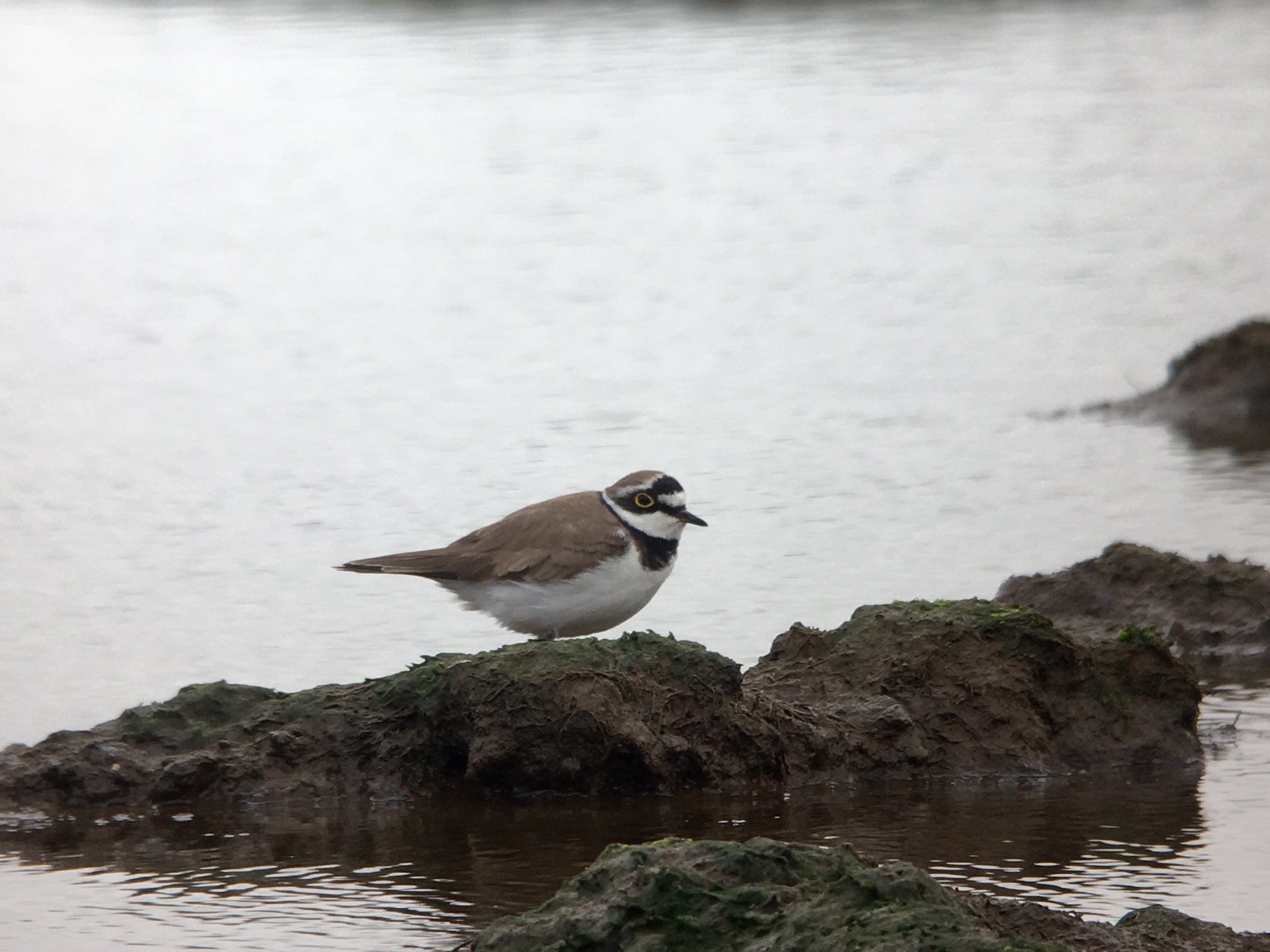
Calidris minuta
Passage Migrant & Winter Visitor
Normally an autumn passage migrant, best seen on either the Brownsea Lagoon with a maximum of 17 in 1990 or more recently on RSPB Lytchett Fields with between 1-5 present each autumn between 2013-20. Usually only in ones and twos with other sites worth checking including, Holton Shore and Middlebere. August and September are undoubtedly the best months to find Little Stint in Poole Harbour.
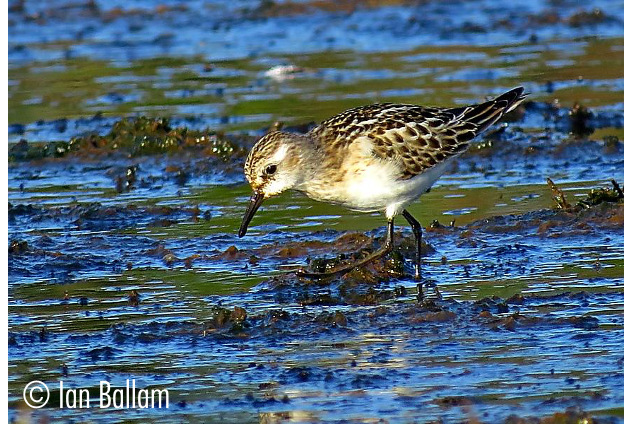
Apus affinis
Vagrant
1 on 26th Nov 1983 at Pilot’s Point, Studland (D. Bryher-Ash, J.R.Cox, N.P. Spring et al). A county 1st and the 5th for Britain at the time. The following day this bird attracted over a thousand birdwatchers but it was not present. Rather beautifully the BB Rare Bird report for the year described “The large turnout of “would-be” observers the following day soon degenerated into the inevitable “social event” and only the discovery of a Lapland Bunting prevented an early adjournment to the cafes and pubs of nearby Poole”. This, along with the Western Sandpiper in 2008, was the largest twitch the harbour has seen.
Sternula albifrons
Scarce Summer Visitor & Passage Migrant
This species is highly erratic in the harbour. The Brownsea lagoon holds the harbour record of 105 in August 1983, but majority of sightings are of ones and twos that enter the harbour during migration in spring and autumn. Can be seen passing out in Poole Bay in small flocks April-May from Branksome and also out in central harbour and Middlebere in April. The Brownsea Lagoon from mid-April to late May attracts passage terns and Little Tern are almost annual here.
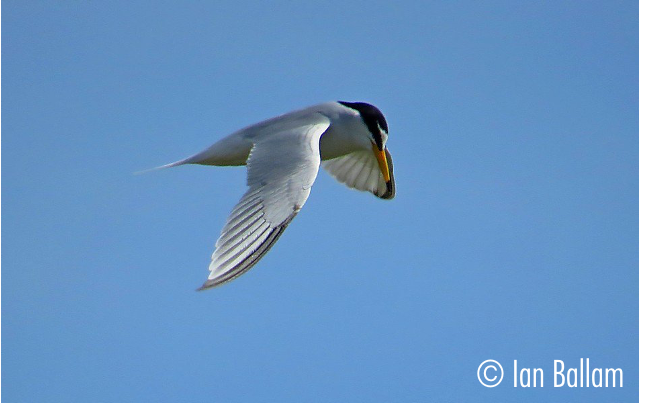
Limnodromus scolopaceus
Vagrant
There are 248 British records of this Nearctic wader up to the end of 2015. There are 8 Dorset records involving 9 birds and 4 have been in Poole Harbour.
1 on 3rd Aug 1976 at Arne
1 juv/1st winter on 7th – 11th Nov 2000 at Middlebere (H.G.Wood-Homer et al)
1 1st winter on 31st Jan to 14th Feb 2011 at Poole Park (finder unknown, many observers)
1 juv/1st winter 29th Sept – 2nd October 2020 at Lytchett Fields and seen once on Holton Pools (I.Ballam et al.)
Asio otus
Rare Visitor
This species remains very rare in Dorset and extremely rare in the Harbour.
Formally bred at Arne and near Studland back in the early 1900’s. There are only 2 records this century.
A pair were present in the breeding season in 2000 at Holton Heath NNR and 1 on 12th Apr 2013 at Swineham (P.Moore, S.W Smith)
However, the harbour holds plenty of good habitat for Long-eared Owls including numerous river valley’s and conifer plantations so another sighting won’t hopefully be that far away.
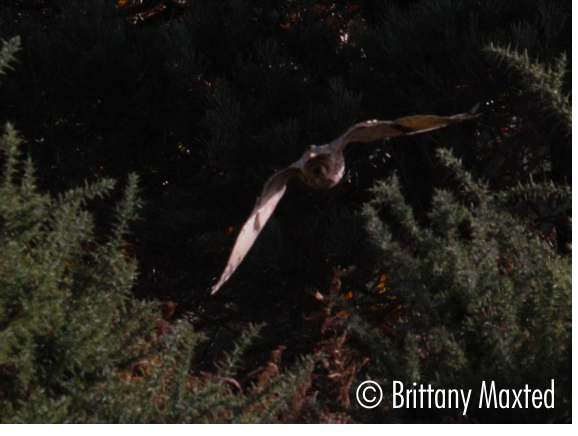
Clangula hyemalis
Scarce Winter Visitor
As with Eider, there were very few records before 1950. Since then recorded with some sort of regularity, with one or two birds wintering most years. Numbers however can be variable, this was particularly noticeable during the 1980s with high counts of 10 in 1980 and a harbour maximum of 14 in 1989. Favours the southern side of the harbour, particularly off Arne and around the islands, when the best chance of seeing them is from a Birds of Poole Harbour bird boat.
Earliest date 15th October 1972 and the latest was a pair in Shell Bay on 16th June 1993.
Up to 1950 it was a rare bird with signs of passage during March and April. Poole Harbours best count is 14 during Jan-March 1989 and 10th January to April 1980.
Winter average 10 year peak counts for the harbour are as follows. 1950’s – 3, 1960’s – 3, 1970’s – 4, 1980’s – 6, 1990’s – 4, 2000’s – 5. Since the turn of the latest decade numbers have declined and 2012 became the first year in 22 that there were no records. Since 2012 records have been very sparse with only singles being logged between 2012 and 2018 with 1 on Swineham GP’s on 30th – 31st Dec 2013 being quite exceptional exceptional and 1 adult drake was on south shore of Brownsea from Birds of Poole Harbour bird boat on Nov 25th 2018. There were however 2-4 birds were present in the harbour during the winter period of 2019-20 which were regular off Jerry’s Point.
The best place to see the species is to check the large body of water in the middle of the harbour and off Jerry’s Point, Studland between December and February. This area is best viewed from Shipstal Point at Arne or a better alternative is to join a Birds of Poole Harbour bird boat.
Recent records
Poole Harbour – 1 male off the southern shore of Brownsea on 25th Nov 2019
Poole Harbour – 1 in Poole Bay on 3rd Nov and 1 or 2 regularly in Brownsea/Brand’s Bay area
between 11th Nov and 29th Dec 2020
Poole Harbour – 2 from 2019 to 6th Mar in the Brownsea/Brand’s Bay area.
Poole Harbour – 1 to 4 seen regularly between 25th Oct and 28th Dec 2021, usually from Jerry’s Point. Max 4 on 11th Dec.
Jerry’s Point – 1 on Dec 27th 2022
Studland Bay – 6 on 13th Nov 2022
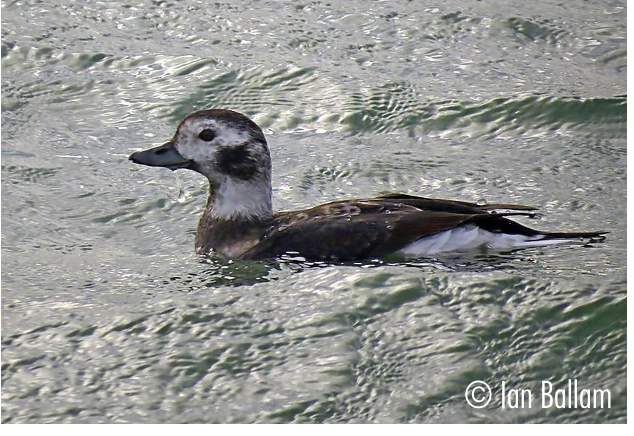
© 2025 Birds of Poole Harbour Registered Charity No. 1152615
